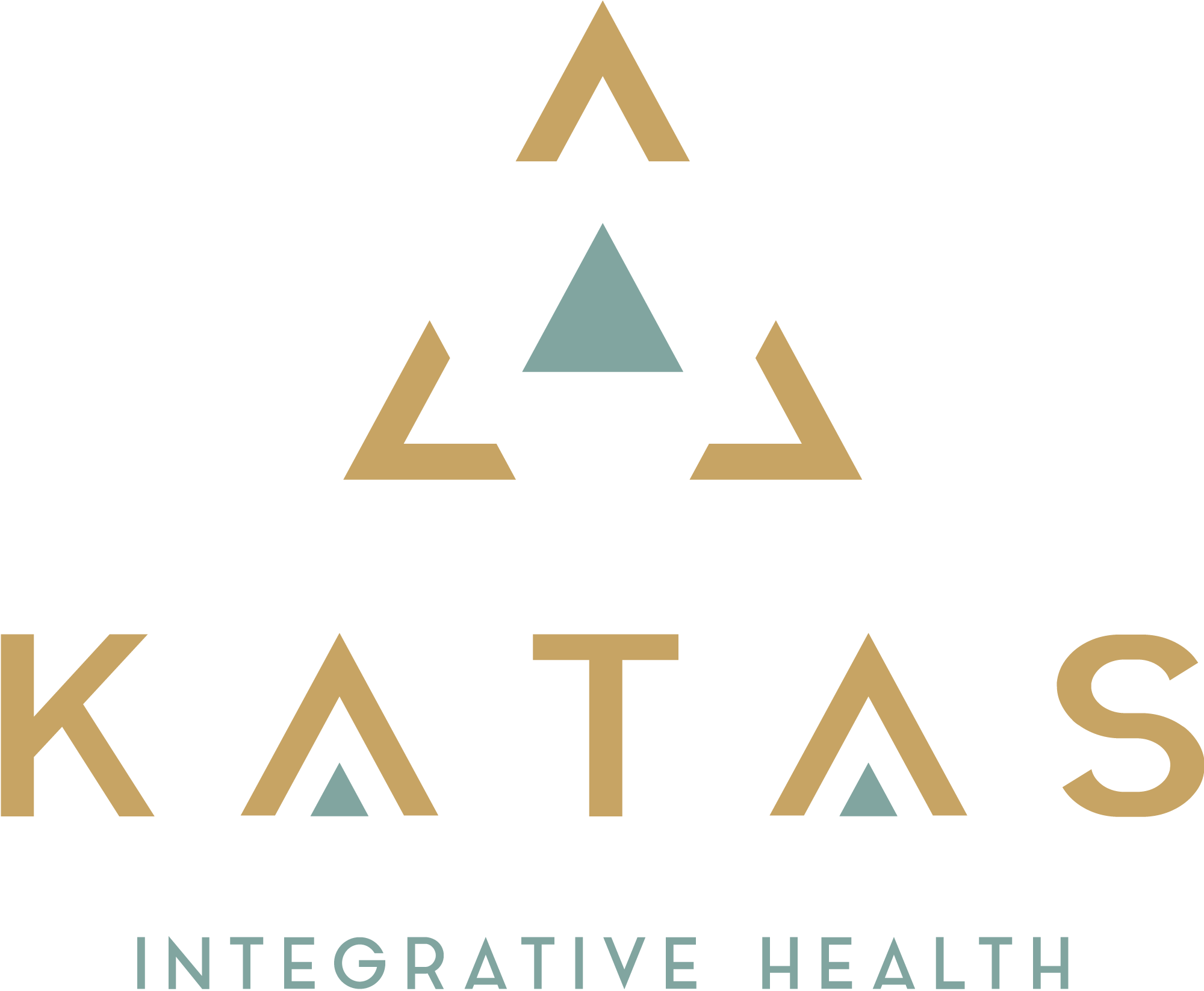You have probably heard by now that Americans are consuming too much sugar, and this is especially true around the holidays. Did you know the recommended intake is no more than six teaspoons (25 grams) of added sugar per day for women, and nine teaspoons (38 grams) for men? Unfortunately, the average American consumes 20 teaspoons every day!
Food Labels
The only way to determine how much sugar you are getting is by looking at food labels. Ideally,
you should be looking for items with less than 5g per 100g. Beverages are the single largest source of added sugar in a typical diet. Soda, energy drinks, sports drinks, sweetened coffee drinks, and even juices with added sugar contribute to 36% of the added sugar in the diet. It is so much easier to overdo it on the sugar intake when it is in liquid form.
Even though food labels look intimidating, they are there to help you. There are two places to refer to when checking the label.
First, the carbs section on the nutrition panel will tell you in grams how much sugar is in a serving. (Remember, if you are eating more than one serving size, you have to multiply the grams of sugar by the number of servings you eat.) Less than 5g per 100g is low; more than 22.5g per 100g is high.
Second, check the ingredient list. Anything ending in ‘ose’ (glucose, sucrose, fructose, lactose, maltose) or honey, agave, molasses, and syrups like corn and rice syrup are forms of sugar. Ingredients are listed based on the amount present in the food, the higher on the list, the more the product contains.
“The food you eat can be either the safest and most powerful form of medicine or the slowest
form of poison.” – Ann Wigmore
Sugar can negatively affect your body
Cutting back on the sweet stuff can be hard! Sugar is an addiction, triggering the reward center of the brain. When we eat sugar, feel-good hormones are released, just like when we exercise or become addicted to drugs. Frequent sugar intake causes the brain to become less sensitive requiring higher amounts of overtime to give you the same feel-good rush.
Your Brain – Sugar releases the feel-good chemical called dopamine. As we eat more sugar, we need higher amounts to get the same feeling of pleasure, leading to those “gotta-have-it” cravings.
Your Mood – Studies have linked a high sugar intake to a greater risk of depression in adults.
Your Teeth– Your parents were right when they told you sugar was bad for your teeth as a kid. After eating something sweet, cavity-causing bacteria feeds on the sugar that lingers.
Your Joints – Sugar can cause inflammation in the body, worsening joint pain.
Your Skin – Inflammation can also cause the skin to age faster.
Your Liver – Over time, excess sugar intake can cause your liver to become resistant to insulin which can lead to type 2 diabetes.
Your Heart – Excess sugar causing extra insulin can also affect your arteries. Arterial walls grow faster than normal which adds stress to the heart, often leading to heart disease.
Steps to break the cycle
-Try preparing your own meals with whole foods and skip the packaged goods.
-Check labels, everything from breakfast cereals to BBQ sauce, to salad dressings and granola bars can be laden with added sugars.
-Stick to water, flavor with fresh fruit and herbs if you want something with flavor (mint or rosemary with lemon are delightful).
-Cut back on the amount of sugar in your coffee, instead, try adding cinnamon -avoid juice that is not fresh-pressed and unsweetened.
-Choose unsweetened and fresh options.
-Eat unsweetened oatmeal with fresh fruit for breakfast.
– If you need a snack, try nuts or veggies with hummus. Make meals with grilled chicken, fish, or tofu and veggies.
Having challenges in kicking the sugar habit, contact our office.



